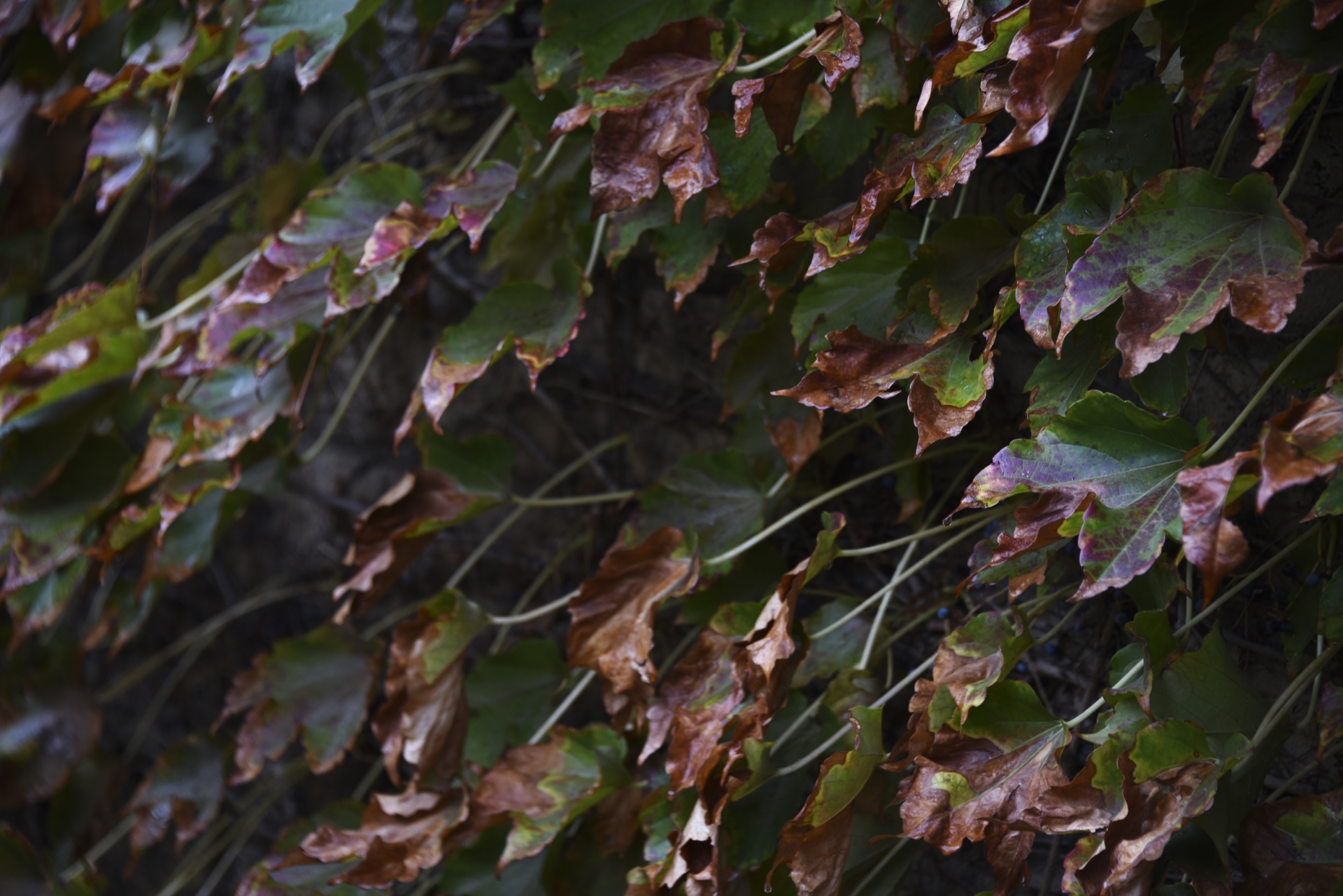Frost on the Lawns
26 January 2020
When Jack Frost hits, your lawn can become quite fragile and so needs extra care. One of the joys of spring is seeing your lawn unveil after the dreariness of those winter months. That feeling can be dampened should your lawn been unveiled with frost damage. You wouldn’t put your lawn in your freezer, so when it comes to mother nature doing it for you, you’re best to look after your lawn.
Frost obviously freezes your lawn, so like ice, it is brittle and rigid, and easy to break. Frost itself isn’t a bad thing, and it can actually be quite picturesque as well as relatively helpful. When water from within the blades of grass freeze, it gives your lawn a sparkly white appearance. Frost can strengthen your grassroots while adapting to the cold weather, in essence, the frost toughens them up. This is often overlooked and was actually pointed out to me on Channel 4 weather. However, it's only when you walk on frostbitten lawns that puts it at a risk. When walked on, the leaf cells and grass leaf fracture. This results in that grass that looks to have footprint marks that seem to last a fair while, they could still be there when spring hits . This may not be detrimental in the long run for your lawn, but if your lawn is a feature of your home, you may want to have a word with your postman if he decides to take a short cut over your grass!
The impact of frost:
Grass plants move water through their blades for nourishment, but this moisture freezes inside the plant during frosty weather. Over several nights, a light frost especially can show visible signs of damage. The visible signs of damage to vary depending on your grass type but brown patches on the lawn and the discolouration of leaves are a tell tale sign of frost damage in your garden.

Types of frost:
You may have heard of grass frost and ground frost mentioned on your morning weather forecast, but is there a difference? And if so, what is the difference?
The answer is yes, there is a difference:
Ground frost relates to ice being formed on the ground and on objects, where these surfaces are below freezing, meaning the water within them has frozen too. Whereas, a grass frost occurs when natural surfaces such as plants and lawns freeze, but man-made surfaces such as roads do not. For more information on the different varieties of frost and what to look out for, head over to the Met Office website.
Things to watch out for when the frost hits:
Once the frost starts to clear and spring arrives, check your frost heave. Frost heave is the swelling of the soil, caused by the water in the soil expanding when frozen. In extreme cases, the effect of frost heave can even be seen uplifting in roads and pavements. Often, even a light raking of the lawn in the spring is all that is required if the lawn doesn’t settle naturally.
Things to do to minimize frost damage:
Walking:
Staying off your lawn is the most important thing to do when trying to look after your lawn under that blanket of frost. Any time that there are vast amounts of moisture in the lawn, it is important to stay off. By walking on the lawn while there is plenty of moisture on it, this can compact the soil and limit the nutrients that reach the roots. If you do need to walk across your lawn during these frosty mornings, we recommend waiting until midday so that your lawn has in essence, had time to defrost.
Shade:
Aim to keep shady areas to a minimum. If your lawn is in a constant shadow, it’s never going to have time to warm up. In shady areas where cold air has little room to escape, the frost on a morning could still be lingering around when it comes to 2 days later. This long-lasting frost can overwhelm your lawn. With little space for air to move around and very wet conditions with little sunlight, your garden may show brown patches and the discolouring of leaves. For more information check out this article of an interview with the RHS with some interesting suggestions.
For further information head on over to the RHS website by clicking here. This page in particular talks about frost damage and how to notice it.
The Eden Project have also written an article on how to protect your garden and plants from the winters frost.
Thanks for for reading and I will be back soon with another blog, next time it will be about composting.
Kaitlyn.
Back to Blog listings